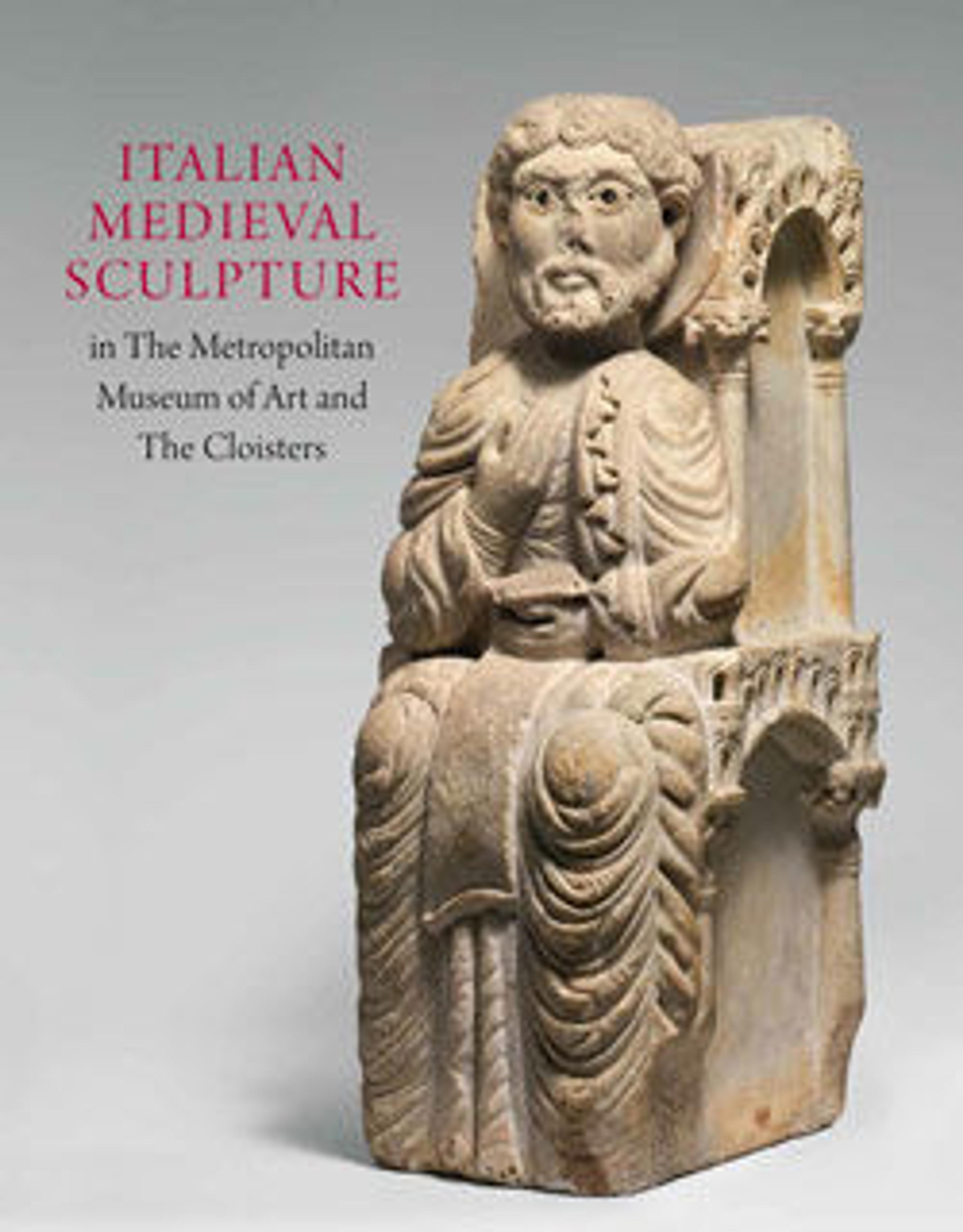Crucifix
Rather than emphasizing his pain and suffering on the cross, this image presents Christ in glory, alive, eyes wide open. He wears a full-length robe connoting his kingly and priestly rank. This type of crucifix is known as the Volto Santo (Holy Face). It is a copy of a sculpture in Lucca, Italy. The Lucca crucifix was likely made in the 700s, but medieval legend held that it was made by Nicodemus, a disciple of Jesus who witnessed the Crucifixion.
Artwork Details
- Title: Crucifix
- Date: ca. 1200–1220
- Culture: North Italian
- Medium: Wood with polychromy
- Dimensions: Overall (Christ): 75 5/8 x 76 1/4 x 11 1/4 in. (192.1 x 193.7 x 28.6 cm)
Cross: 89 1/8 x 80 1/2 x 1 in. (226.4 x 204.5 x 2.5 cm) - Classification: Sculpture-Wood
- Credit Line: Fletcher Fund, 1947
- Object Number: 47.100.54
- Curatorial Department: Medieval Art and The Cloisters
Audio
2960. Crucifix
0:00
0:00
We're sorry, the transcript for this audio track is not available at this time. Please email info@metmuseum.org to request a transcript for this track.
More Artwork
Research Resources
The Met provides unparalleled resources for research and welcomes an international community of students and scholars. The Met's Open Access API is where creators and researchers can connect to the The Met collection. Open Access data and public domain images are available for unrestricted commercial and noncommercial use without permission or fee.
To request images under copyright and other restrictions, please use this Image Request form.
Feedback
We continue to research and examine historical and cultural context for objects in The Met collection. If you have comments or questions about this object record, please contact us using the form below. The Museum looks forward to receiving your comments.
